Why Are My African Violet Flowers Dying?
If your African violet flowers are dying, there are a few things you need to check, especially if they’re wilting, drooping or turning brown.
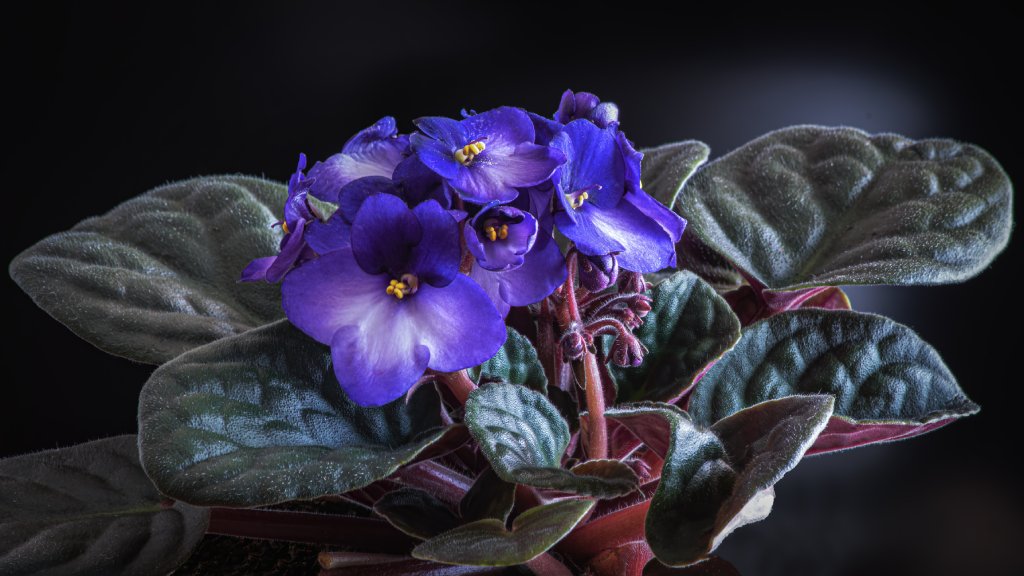

Amy Draiss
Celebrated for their ease of growth and prolonged blooming, African violets are an ideal addition to almost any indoor space. These plants are especially popular throughout the winter months, offering a much-needed burst of color in the form of vibrant pink, purple, or white blooms. Despite their ability to thrive with relatively little care, violet plants will sometimes begin to show signs of stress. Wilting, drooping, and flowers dying back are the most common issues. If you notice that your African violet flowers dying, turning brown, drooping, or wilting, read on for some helpful suggestions.
Why Are My African Violet Flowers Dying?
A sudden decline in plant health can be frustrating. Though it is true that older blooms will naturally fade and fall from the African violet, damaged buds or flowers that drop from the plant prematurely may be a cause for concern.
Cultural and environmental factors are among the most common causes of wilting in violets. The amount of light, temperature, and soil moisture all play a vital role in the plant’s ability to support and sustain healthy flowers.
Proper watering is especially important, as both over and underwatering may be harmful. Overwatering, specifically, can contribute to the development of bacterial and fungal diseases, leading to the loss of plants. Both crown and root rot are sometimes noted in plants that suddenly begin to droop, as well as powdery mildew and severe infestations of insects like aphids or mites.
How Long Do African Violet Blooms Last?
African violets are appreciated by plant parents for their ability to bloom throughout the entire year, often flowering over a period of 8-10 months. The individual blooms are also quite long-lived, lasting several weeks each.
African violet flowers drooping on otherwise healthy specimens may be a part of the plant’s natural cycle of growth. As older flowers begin to fade, it’s not uncommon for the petals to take on a wilted or browned appearance. Though most of these blooms will readily drop from the plant, it’s good to take a more active role, deadheading the blooms as they die.
What to Do When African Violet Flowers Die
African violet flowers should be deadheaded regularly. Though the flowers will seldom self-pollinate, removing each bloom will help to ensure that the plants do not set seed. This will help to focus the plant’s energy on the production of new foliage and the development of flower buds. Routine deadheading also helps improve the plant’s overall appeal, helping it to maintain a tidy appearance in pots and containers.
Gardening tips, videos, info and more delivered right to your inbox!
Sign up for the Gardening Know How newsletter today and receive a free copy of our e-book "How to Grow Delicious Tomatoes".
Frequently Asked Questions
Should You Remove Dead Flowers from African Violets?
Though faded flowers will drop from plants frequently, removing dead flowers from African violets can help to keep them looking their best. Dead flowers can be removed by snipping each stem carefully or gently pulling the flower head from the plant with gloved hands. This will help promote blooms and may even aid in rejuvenating older potted specimens.
How Do I Keep My African Violet Blooming?
First-time African violet growers might find themselves frustrated by a lack of blooms on the plant. In most instances, this occurs when conditions for growth are less than ideal. To better ensure prolonged periods of flowering, make certain that light, humidity, and moistures levels are adequately maintained throughout the year. This will include routine feeding with a well-balanced, slow-release fertilizer.

Tonya Barnett has been gardening for 13 years. Flowers are her passion. She has transformed her backyard into a cut flower garden, which she regularly chronicles on her YouTube channel http://www.youtube.com/@tonyawiththeflowers.
- Amy DraissDigital Community Manager
-
 Looking For Plants To Give You The Soft And Fuzzies? Try These 5 Fuzzy Leaf Plant Options
Looking For Plants To Give You The Soft And Fuzzies? Try These 5 Fuzzy Leaf Plant OptionsLovers of texture, drama, silver foliage and tactile plants will adore these special sensory garden additions. These fuzzy leaf plant options will leave you all aglow
By Susan Albert
-
 Get Ready For A Summer Of Hummers! Grow These Full Sun Hummingbird Plants and Flowers
Get Ready For A Summer Of Hummers! Grow These Full Sun Hummingbird Plants and FlowersIf you’re lucky enough to enjoy a sunny backyard, make sure you are maxing out on your pollinator opportunities and grow these full sun hummingbird plants and flowers
By Tonya Barnett
-
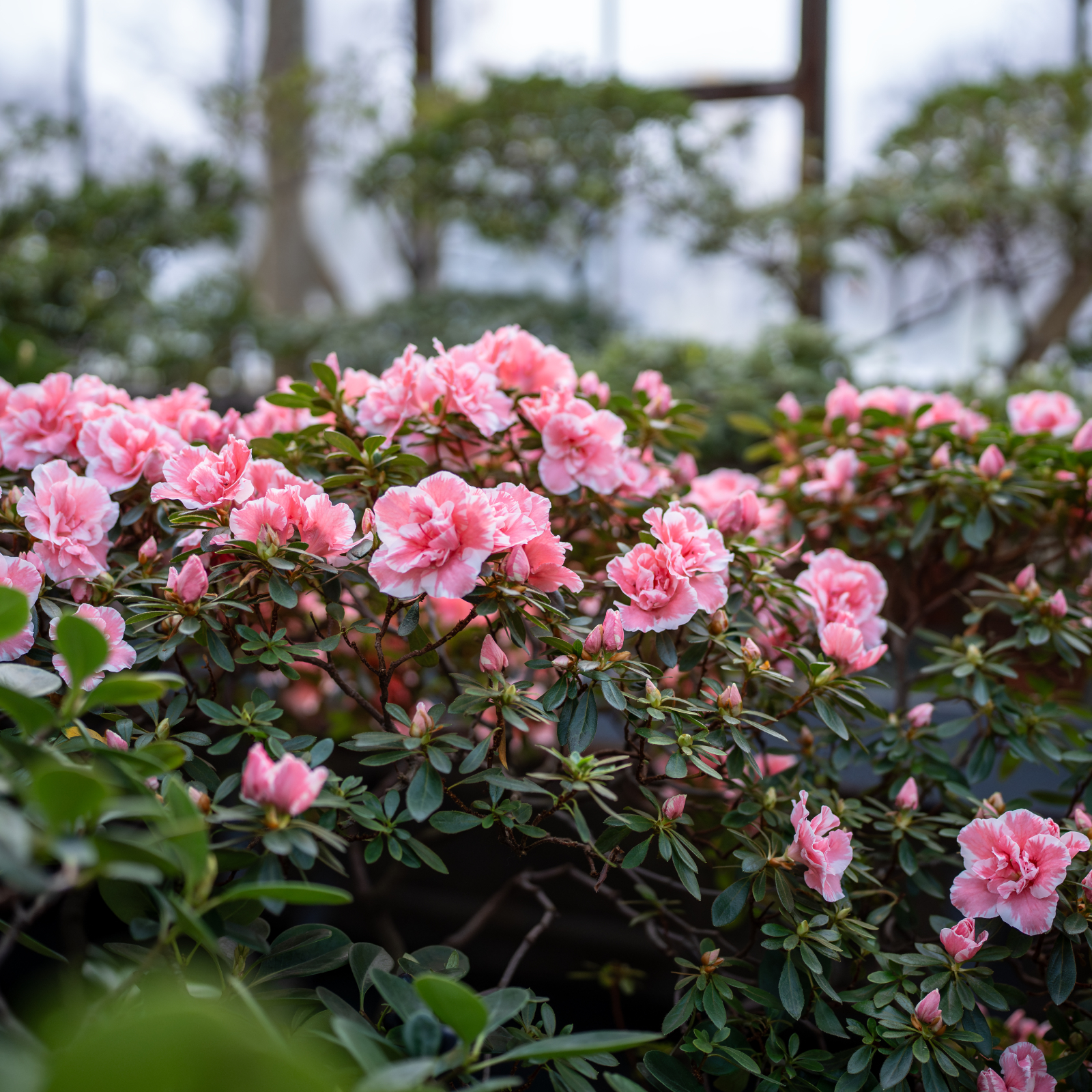 What Is The Size Of An Azalea? Explore Different Varieties That Will Suit Every Garden
What Is The Size Of An Azalea? Explore Different Varieties That Will Suit Every GardenThe size of azaleas can vary widely because they have been selectively bred for different landscape needs. Check out our picks for each size category.
By Mary Ellen Ellis
-
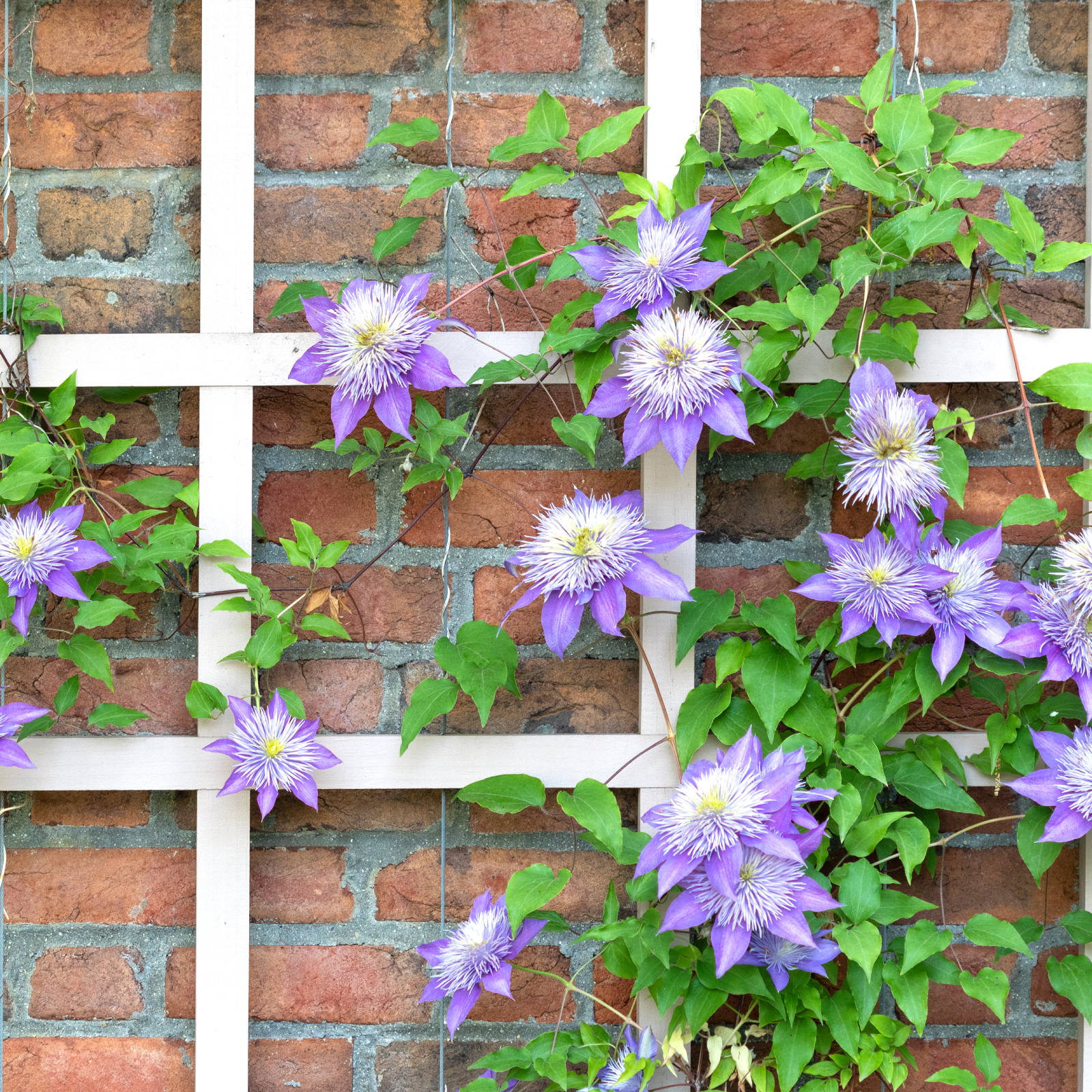 5 Fabulous Fast-Growing Vines – That Will Quickly Climb Any Arbor, Trellis, Or Fence
5 Fabulous Fast-Growing Vines – That Will Quickly Climb Any Arbor, Trellis, Or FenceThese fast growing vines are perfect for covering any eyesores in your yard or creating a living fence. They will provide great visual interest, as well.
By Amy Grant
-
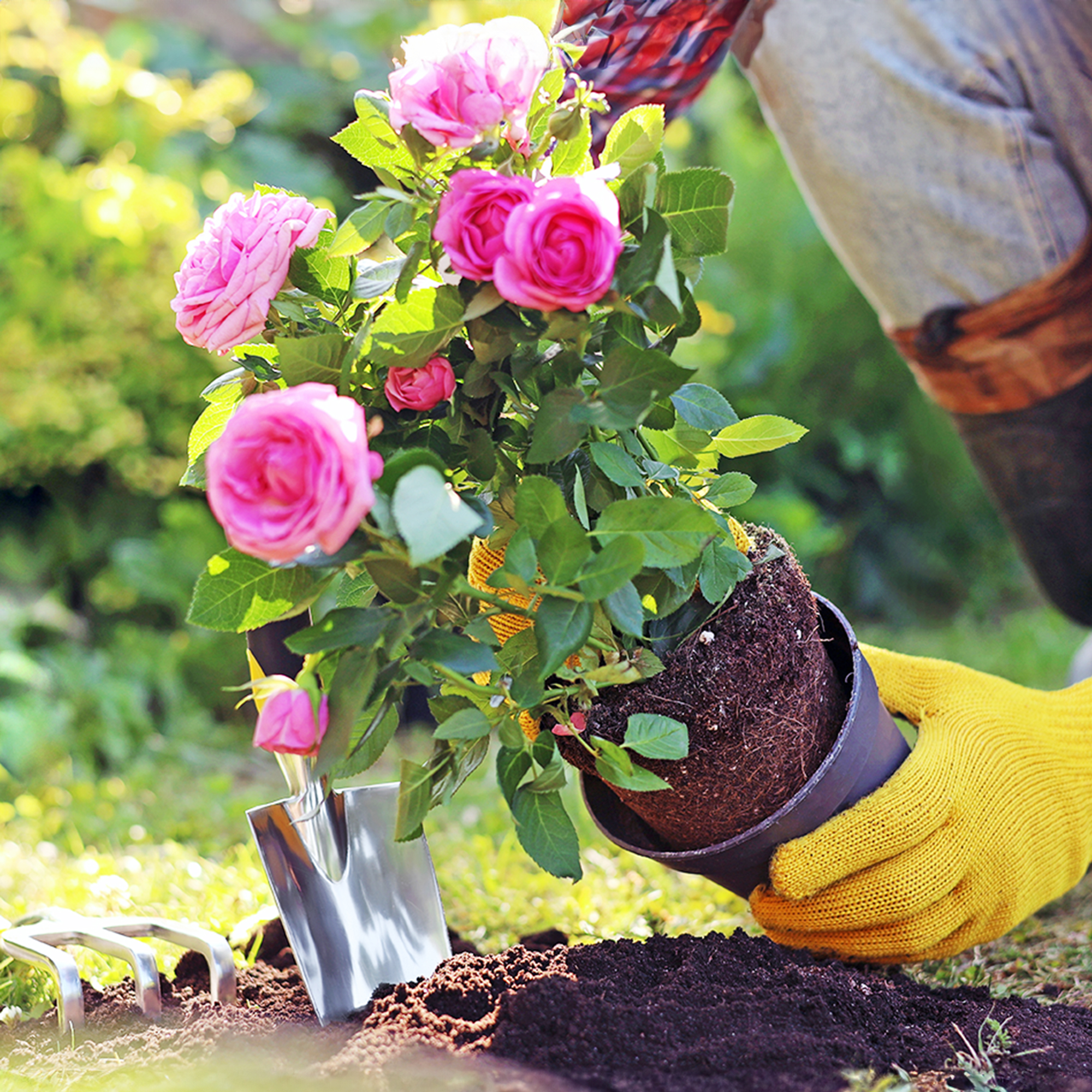 When To Plant Roses: The Best Time For Your Climate And Rose Type
When To Plant Roses: The Best Time For Your Climate And Rose TypePlant your roses at the right time and you will be rewarded with decades of glorious summer flowers – but get it wrong and you'll be crying over dead shrubs.
By Teo Spengler
-
 Spectacular Early Blooming Shrubs: 6 Sparkling Spring Flowering Bushes
Spectacular Early Blooming Shrubs: 6 Sparkling Spring Flowering BushesWant to kickstart your gardening year with dazzling spring flowering bushes for beds and borders? These unique early bloomers are sure to help you rise and shine!
By Teo Spengler
-
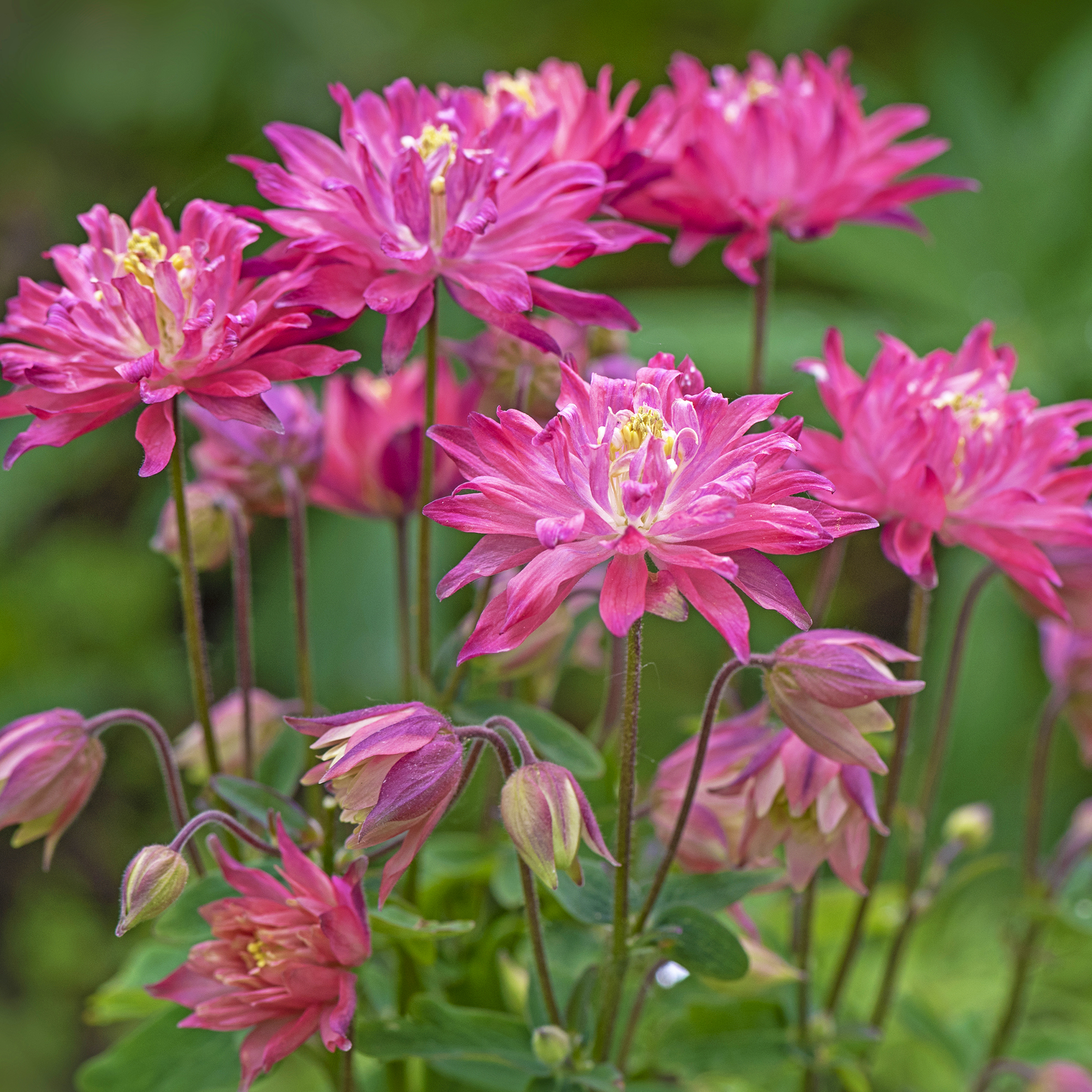 7 Shade-Loving Flowers To Start From Seed Now For A Stunning Summer Garden
7 Shade-Loving Flowers To Start From Seed Now For A Stunning Summer GardenTurn shady spots into vibrant new garden spaces with lovely and illuminating shade-loving flowers.
By Ellen Wells
-
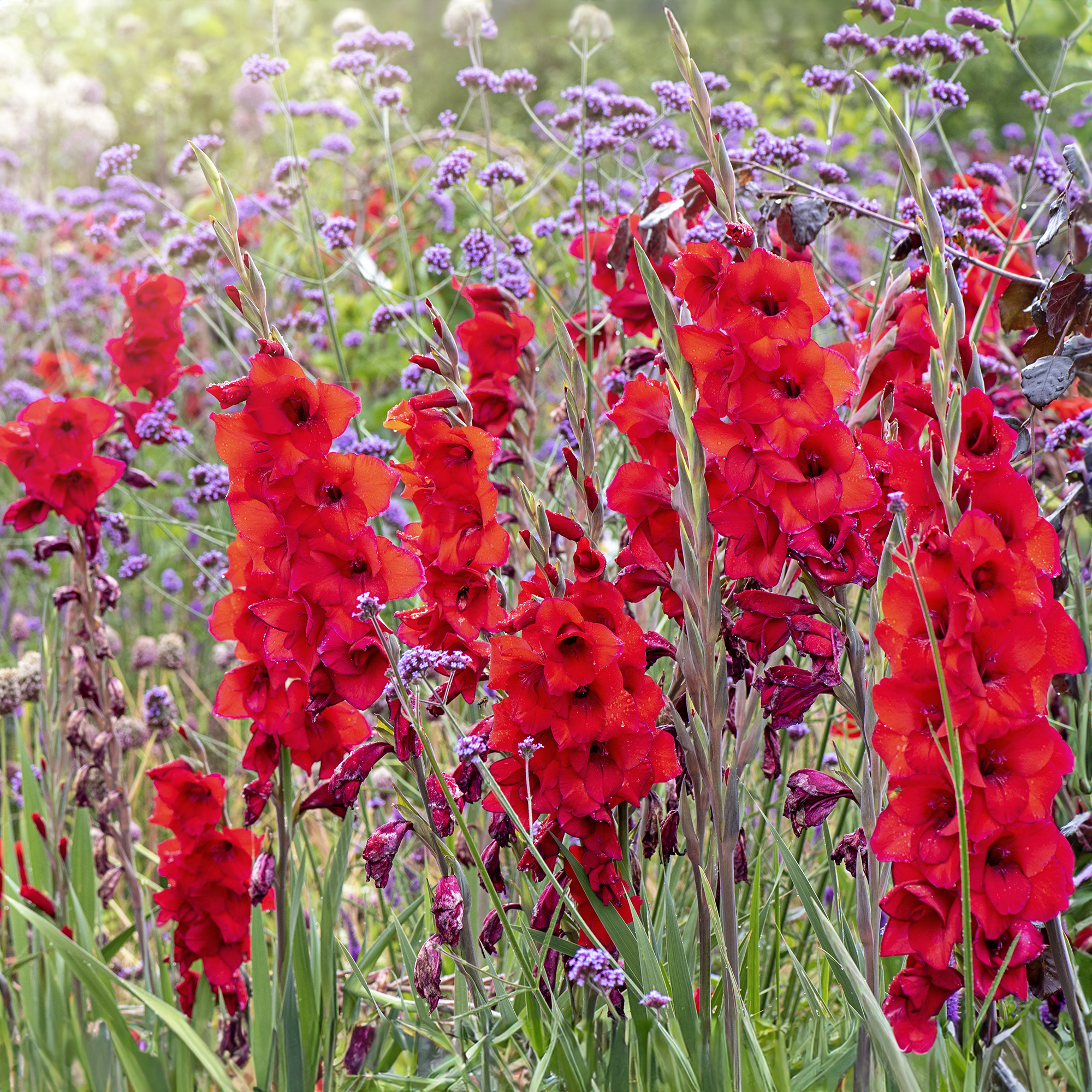 7 Summer-Blooming Bulbs To Plant In Early Spring: Don't Miss Months Of Glorious Flowers!
7 Summer-Blooming Bulbs To Plant In Early Spring: Don't Miss Months Of Glorious Flowers!Get a head start on stunning summer blooms with these easy-to-plant bulbs – act early and you will enjoy vibrant flowers that last for months on end.
By Mary Ellen Ellis
-
 Quick Fire Hydrangea – The Elegant, Easy-Care Shrub Every Gardener Needs In Their Landscape
Quick Fire Hydrangea – The Elegant, Easy-Care Shrub Every Gardener Needs In Their LandscapeIf you’re after an early flowering panicle hydrangea that offers plenty of floral variety, the Quick Fire hydrangea goes big on visual dynamics from early summer to fall
By Tonya Barnett
-
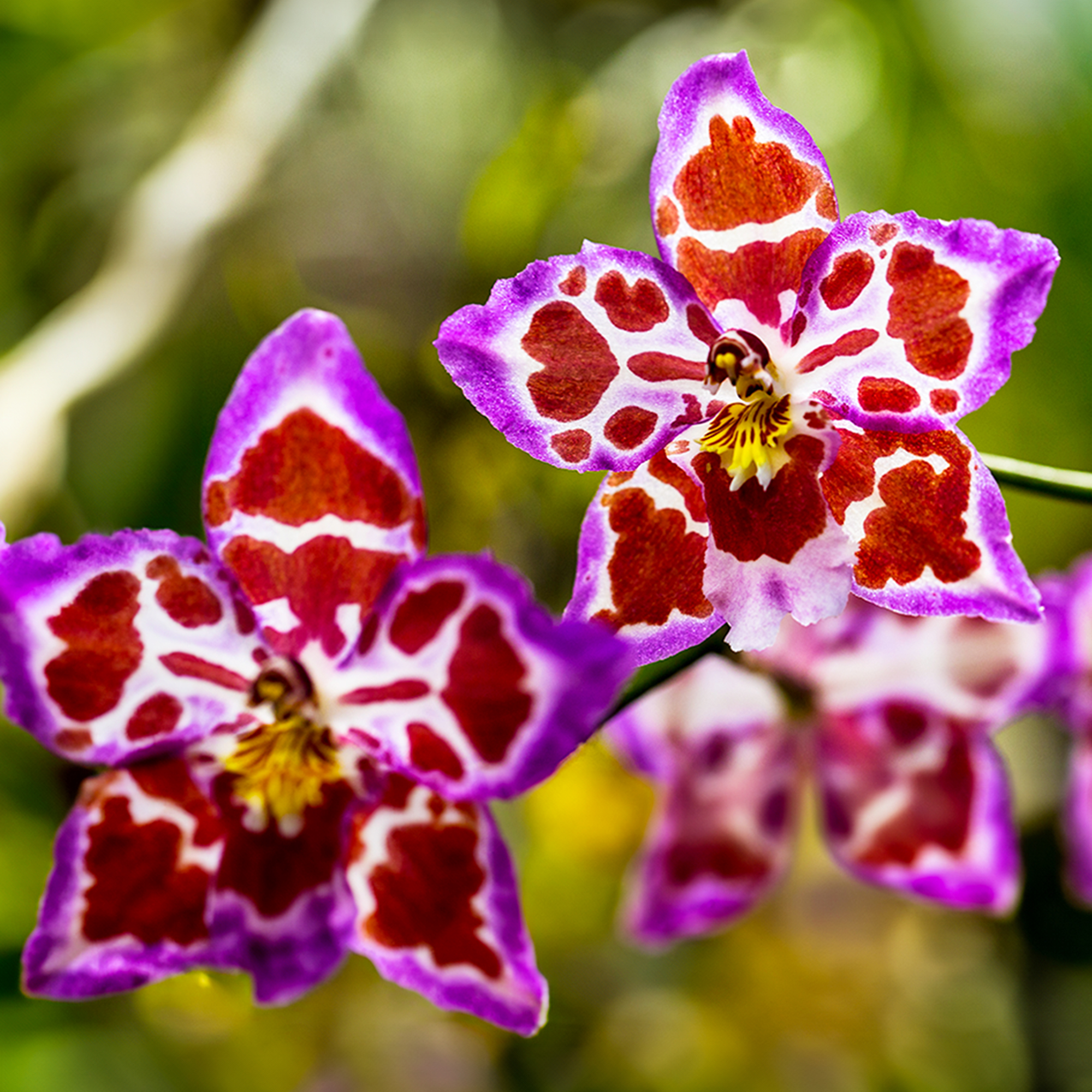 8 Rare Orchids That Make Stunning Houseplants – Some Are Surprisingly Easy To Grow
8 Rare Orchids That Make Stunning Houseplants – Some Are Surprisingly Easy To GrowDiscover unique orchids that will add exotic beauty to your home. Some make easygoing houseplants, while others offer a challenge for more seasoned growers.
By Melanie Griffiths